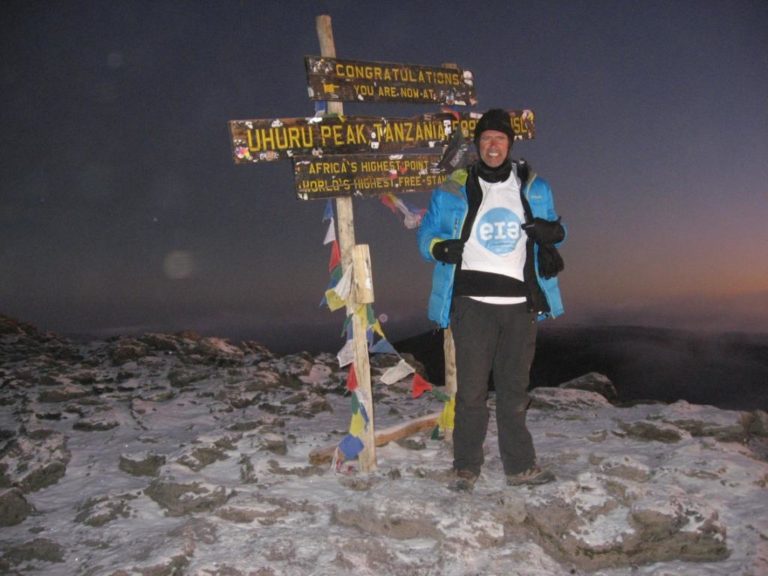A warm thank you to everyone who submitted a story. We received many responses, and it has been a joy to read them all. From saving owls from car engines to trekking amongst gorillas, we received all sorts of stories and experiences, and we have learned more about you all in the process.
We were tasked with choosing just three stories and experiences to share with you all, and it has not been easy to choose!
The first story features an unlikely hippo and rhino friendship, and a close encounter! The second, a short but sweet interaction with wild deer, and the third, lockdown brings unexpected parenthood.
You can read them below.
Hipp’oh-uh’temous
Back in 2005, I was working in a wildlife rehabilitation clinic in South Africa, taking care of injured animals from honey badgers, vultures, hyenas to hippos!
One day I was approached by one of the young game rangers, who required some help to go out, find, and feed a young hippo that had recently been released back into the wild. The hippo was quite a size now and they had been caring for her for since she was a baby. Having lost her own mother and having recently been released, she was still needing help with food until she became totally self-sufficient.
Two of us volunteers jumped in the back of an open truck and headed out into the bush to find her.
The plan was to find her, and she would then run up to the back of the pickup truck. We would drop the back and she would literally jump up with her front feet on the back of the truck, and fully open her mouth ready to be fed. We would then pour a dustbin full of hippo nuts into her mouth, as quickly as possible, then drive off! Simple…..However, the young hippo had befriended a wild rhino, and the rhino would always follow the hippo and would be running some 50m behind, so we needed to feed the hippo quickly and move out before the rhino arrived, as the rhino would not be so friendly and they did not want a ‘run in’ with a wild rhino!…OK!
We drove around the bush looking for the hippo and suddenly a voice shouted from within, “she’s coming!’ Get the back down”.
We looked back and could see this huge hippo bounding towards us at full speed, about 70m away, down the track. We put the back down and watched and waited for what would happen next. The hippo arrived at the truck and literally jumped on the back with her two front feet, as the truck suspension shrunk to the ground. We could not quite comprehend what was now staring us in the face from very close quarters.
“Quick, hurry up and feed her” came a shout from within the truck “the rhino is coming!”
We looked up and could see the rhino some 60m away running at speed towards the truck, which by now had a huge hippo hanging off the back, with her jaws fully open, right in front of us, waiting to be fed. Without thinking too much about it, we picked up the bin full of hippo nuts and poured them into her huge gaping mouth, as quickly as we could.
“Ok, we have got to go now, the rhino is getting closer” came an anxious voice from within the truck.
“Hold on!” The truck then pulled away as the feet of the hippo slid off the back of the truck, the suspension bouncing back into place, and the rhino now only meters away. The hippo was fed, the job was done, and we were still in one piece to tell the tale.
We drove off into the bush and back to camp, not quite comprehending what we had just experienced and completed, which was undoubtedly one of the weirdest natural experiences of my life.
John Bell





